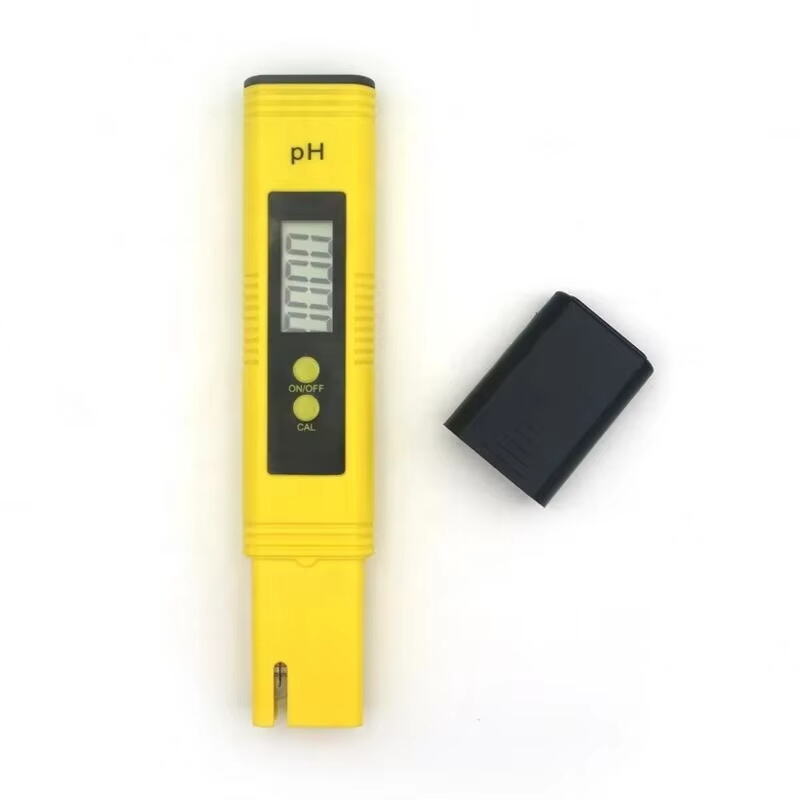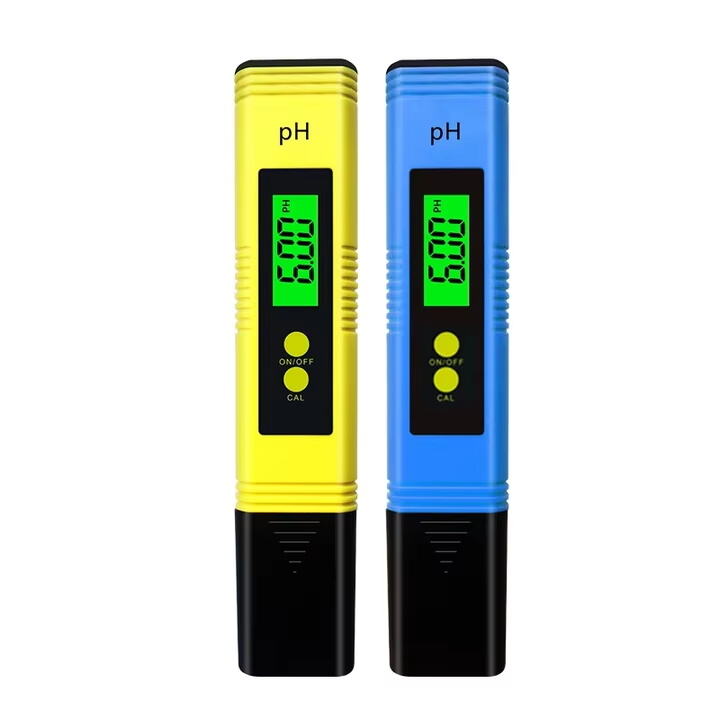Essential Guidelines for Selecting the Perfect Digital pH Meter
Measuring pH accurately is crucial across numerous industries and applications, from water quality monitoring to food production and scientific research. A digital pH meter has become an indispensable tool for professionals and hobbyists alike, offering precise measurements and reliable results. Understanding how to select the right ph meter digital can make a significant difference in your measurement accuracy and overall experience.
The market offers a vast array of options, each with unique features and capabilities designed to meet specific needs. Whether you're working in a laboratory, maintaining a swimming pool, or monitoring soil conditions for agriculture, choosing the appropriate digital pH meter requires careful consideration of several key factors.
Technical Specifications and Measurement Capabilities
Accuracy and Resolution Requirements
The accuracy of a ph meter digital is perhaps its most critical specification. Professional-grade meters typically offer accuracy within ±0.01 pH units, while basic models might provide accuracy within ±0.2 pH units. Consider your specific needs - laboratory work often demands higher accuracy than hobby gardening or pool maintenance.
Resolution, which refers to the smallest change in pH the meter can detect, goes hand in hand with accuracy. High-end digital pH meters offer resolutions of 0.01 pH units, while basic models might show readings in 0.1 pH increments. Your application will determine whether you need the finest resolution available or if a standard resolution suffices.
Measurement Range and Response Time
Different ph meter digital models offer varying measurement ranges, typically from 0 to 14 pH. Some specialized meters might provide extended ranges for specific applications. Consider whether you need to measure extremely acidic or alkaline solutions, as this will influence your choice.
Response time is another crucial factor, particularly in time-sensitive applications. Professional-grade meters typically provide stable readings within seconds, while budget models might take longer to settle on a final reading. Fast response times become especially important when measuring multiple samples or working in production environments.
Design and Construction Features
Durability and Environmental Protection
The construction quality of your ph meter digital significantly impacts its longevity and reliability. Look for meters with robust casings that can withstand regular use and potential impacts. IP ratings indicate water and dust resistance - important considerations if you'll be working in wet environments or outdoor conditions.
Consider the electrode quality and construction as well. Glass electrodes are common but fragile, while more durable options might include plastic or epoxy bodies. Some meters offer replaceable electrodes, which can extend the device's lifespan and reduce long-term costs.
Display and Interface Considerations
A clear, easy-to-read display is essential for efficient operation. Many modern ph meter digital models feature backlit LCD screens that remain visible in various lighting conditions. The size and organization of the display information can significantly impact user experience, especially during extended use.
Consider the interface design and button layout. Intuitive controls make operation smoother and reduce the likelihood of errors. Some advanced models offer touchscreen interfaces, while others maintain traditional button layouts that might be more suitable for use with gloves or in wet conditions.

Calibration and Maintenance Requirements
Calibration Process and Frequency
Regular calibration ensures your ph meter digital maintains its accuracy over time. Look for meters with straightforward calibration procedures and clear indicators of calibration status. Many professional models offer automatic calibration features that guide users through the process, reducing the chance of errors.
Consider how many calibration points the meter supports. While basic models might offer single-point calibration, more advanced units provide multi-point calibration for enhanced accuracy across different pH ranges. The availability and cost of calibration solutions should also factor into your decision.
Maintenance and Storage Features
Proper maintenance extends the life of your ph meter digital and ensures consistent performance. Look for models with protective caps or storage solutions that keep electrodes properly hydrated when not in use. Some meters include built-in diagnostic tools that alert users to maintenance needs or potential issues.
Consider the availability and cost of replacement parts, particularly electrodes and calibration solutions. Some manufacturers offer comprehensive maintenance kits and clear guidelines for routine care, making it easier to maintain your investment over time.
Additional Features and Connectivity
Data Management Capabilities
Modern ph meter digital devices often include data logging capabilities, allowing users to store measurements for later analysis. Consider how many readings the meter can store and how easily you can access and transfer this data. Some models offer USB connectivity or wireless data transfer options for seamless integration with computers or mobile devices.
Look for features like time and date stamps, sample identification, and automated data recording if these align with your needs. Advanced models might also offer software integration for detailed analysis and reporting capabilities.
Temperature Compensation and Additional Parameters
Automatic temperature compensation (ATC) is a crucial feature in any quality ph meter digital, as pH measurements are temperature-dependent. Some meters also measure additional parameters like conductivity, TDS, or ORP, potentially offering better value if you need multiple measurement capabilities.
Consider whether built-in temperature sensors or separate probes better suit your needs. Some applications might benefit from simultaneous parameter measurements, while others require focused pH monitoring with the highest possible accuracy.
Frequently Asked Questions
How Often Should I Calibrate My Digital pH Meter?
For optimal accuracy, calibrate your ph meter digital before each use or at least weekly if used regularly. However, frequency depends on usage patterns and accuracy requirements. High-precision applications may require daily calibration, while occasional use might allow for less frequent calibration checks.
What's the Typical Lifespan of a pH Electrode?
A well-maintained pH electrode typically lasts 1-3 years, depending on usage frequency and conditions. Harsh environments, high temperatures, and improper storage can significantly reduce electrode life. Regular cleaning and proper storage in electrode storage solution can help maximize lifespan.
Can Digital pH Meters Be Used in Extreme Temperatures?
Most standard ph meter digital devices operate reliably between 0°C and 50°C (32°F to 122°F). Special models are available for extreme temperature applications, but accuracy may be affected at temperature extremes. Always check manufacturer specifications for operating temperature ranges and accuracy specifications across different temperatures.



